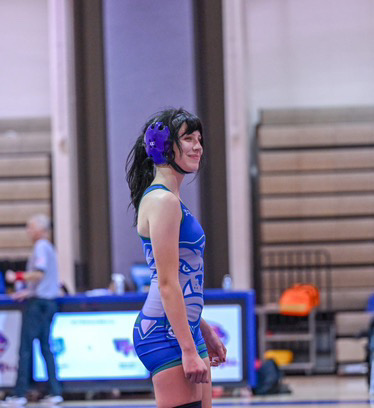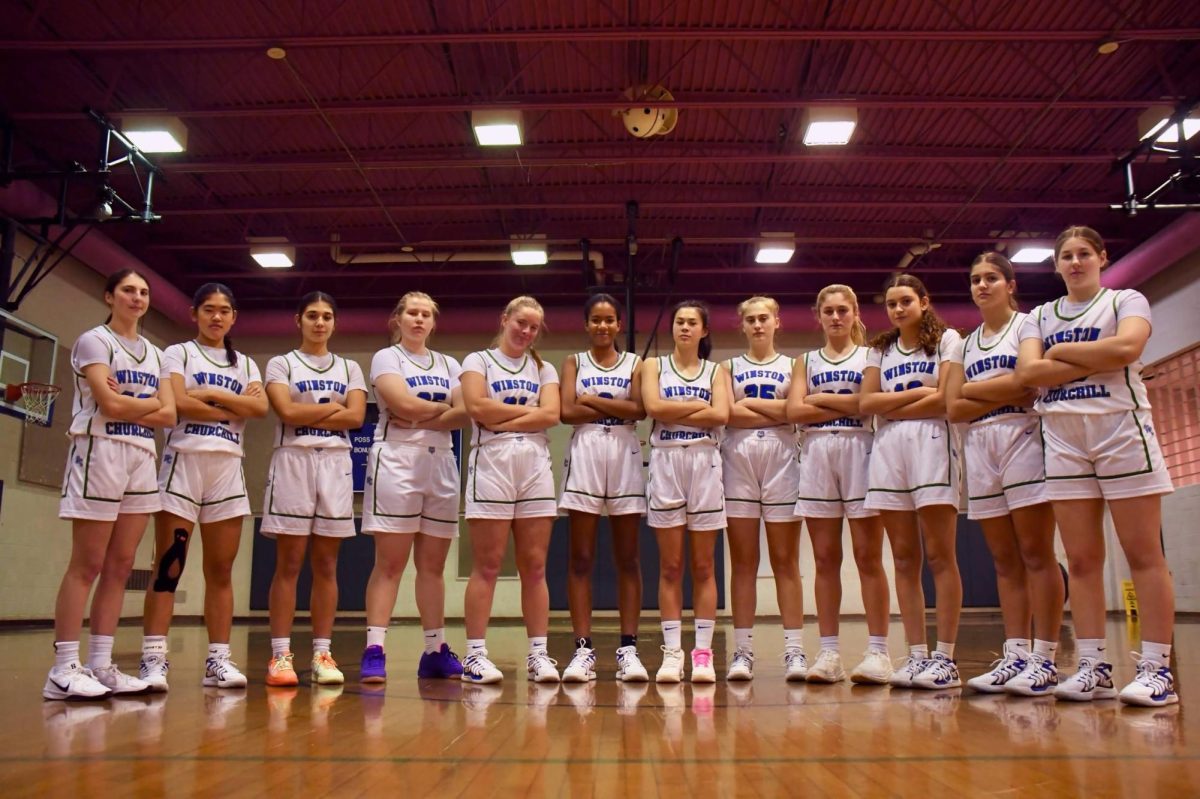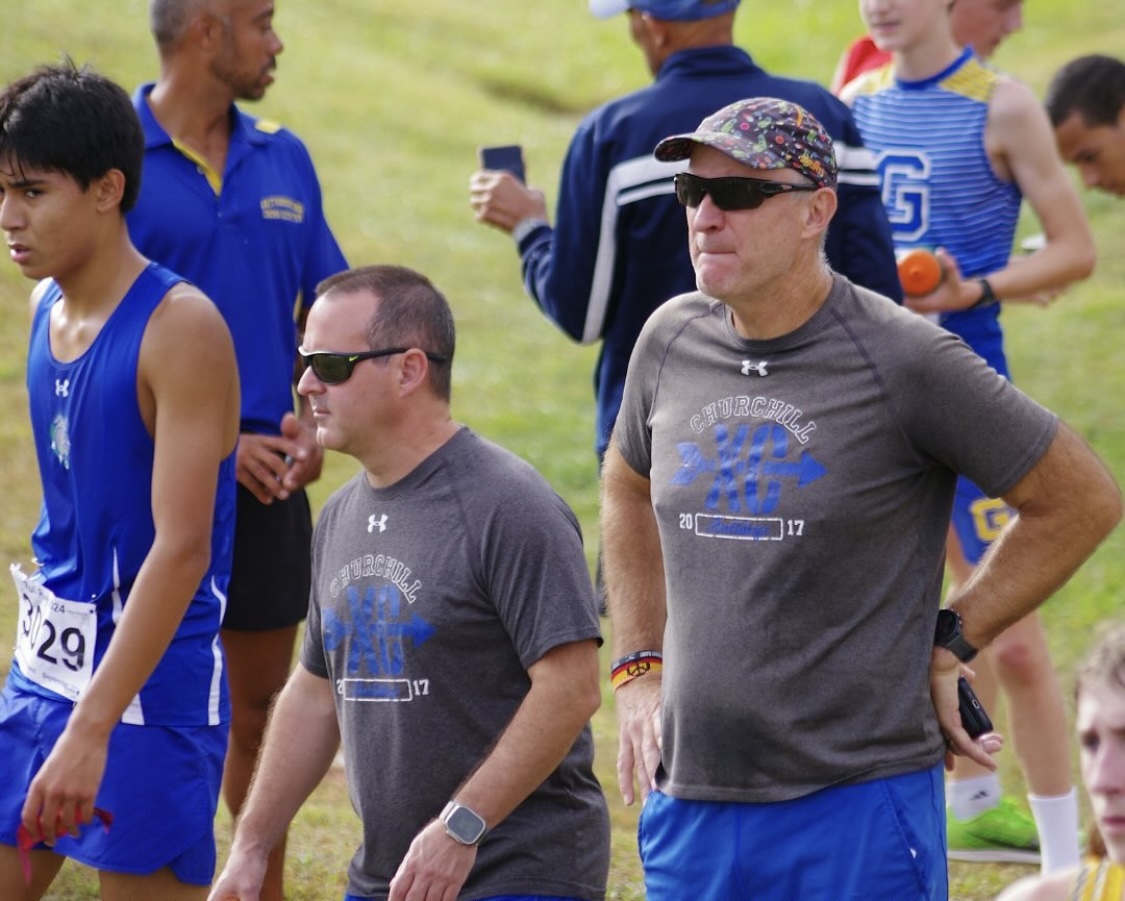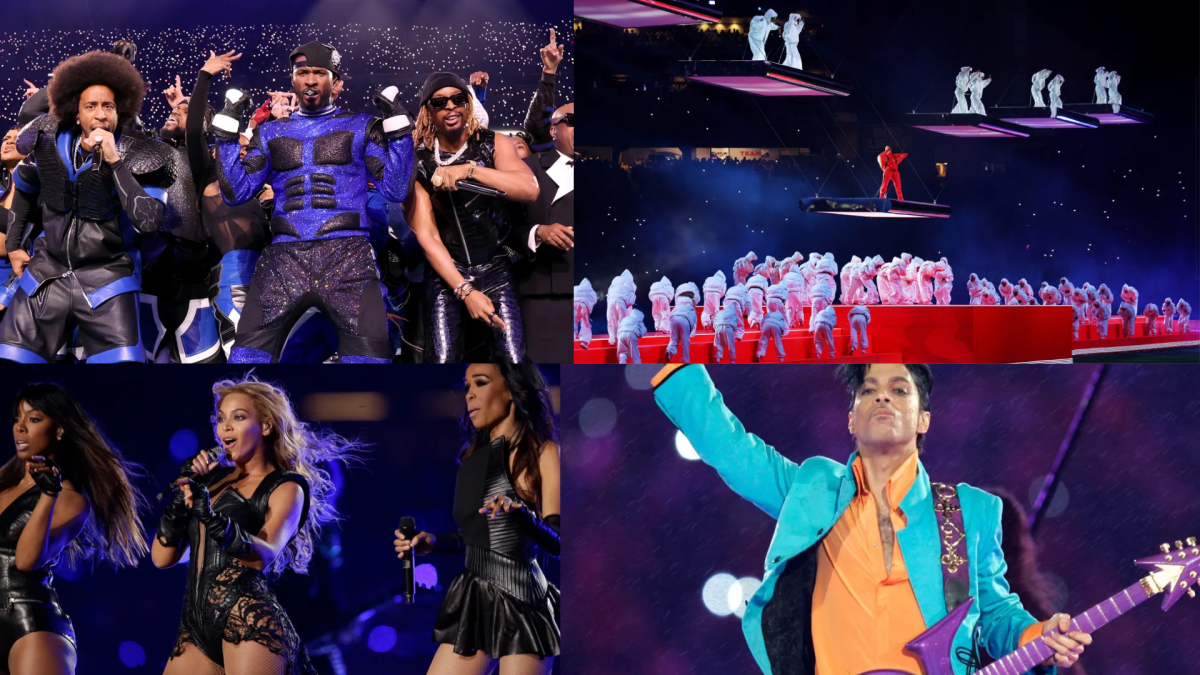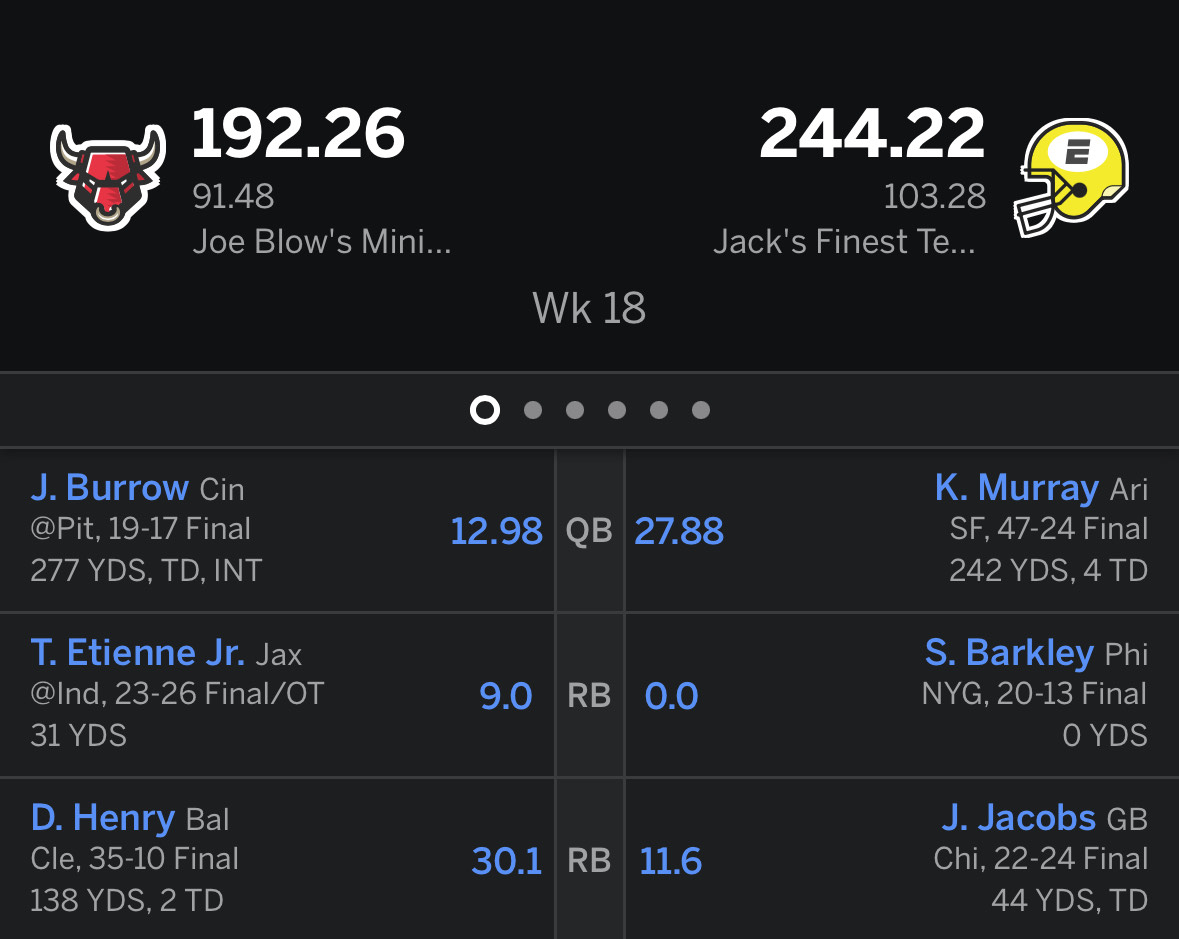Basketball is an exciting endeavor that millions of people worldwide chose to take part in simply for the joy of rubbing a win into their friend’s faces. The lure of bragging rights and the never-ending excitement of a game whose overall object has not changed for nearly 150 years is very unlikely to come to an end, but with this excitement comes a little danger.
When Dr. James Naismith of the YMCA first created basketball in 1891 to keep his team in shape during winter, he did not intend for it to be a full on contact sport. However, anyone who plays basketball these days knows that today’s game is physical to say the least. Recently, numerous college players have used ankle braces, arm sleeves and mouth guards to combat the rough play. The University of Louisville’s varsity men’s basketball, however, has taken a new route of protection: wearing mixed martial arts (MMA) helmets during practices to prevent concussions.
Head injuries are usually not associated with competitive basketball; however, after losing three players for a portion of last season due to concussions, basketball players from the Louisville NCAA team decided to try the MMA head gear. The MMA helmets are soft but sturdy and are small enough to allow the players nearly unhindered court vision.
According to CHS varsity basketball coach Matthew Miller, the new technique seems innovative and effective. If funding becomes available, Miller would use the helmets during CHS practices to keep players safe.
“You always want to keep them safe,” Miller said. “The main thing is you don’t want them suffering from multiple concussions.”
The helmets appear to be effective, as no more players from the Louisville team suffered a concussion for the rest of the season. However, it is interesting that the NCAA has had so little regulation for such a major sport.
According to an NCAA website page devoted to preventing and treating concussions for all sports, the NCAA requires that every school affiliated with it have a concussion management plan. In addition, the NCAA funds studies that are used to inform student athletes on current concussion prevention measures.
This is a very large project that the NCAA has put much effort into, but this plan places all of the prevention requirements on the schools. The NCAA puts money into studies and making concussion pamphlets but leaves all of the decisions on how to actually deal with injury preventions up to the schools, a system that can leave room for error in a sport where concussions are not traditionally considered an issue.
Knowing all of this, it seems completely sensible that the Louisville players took matters into their own hands and began sporting the helmets. If it works, it works. And it seems to work pretty well.


